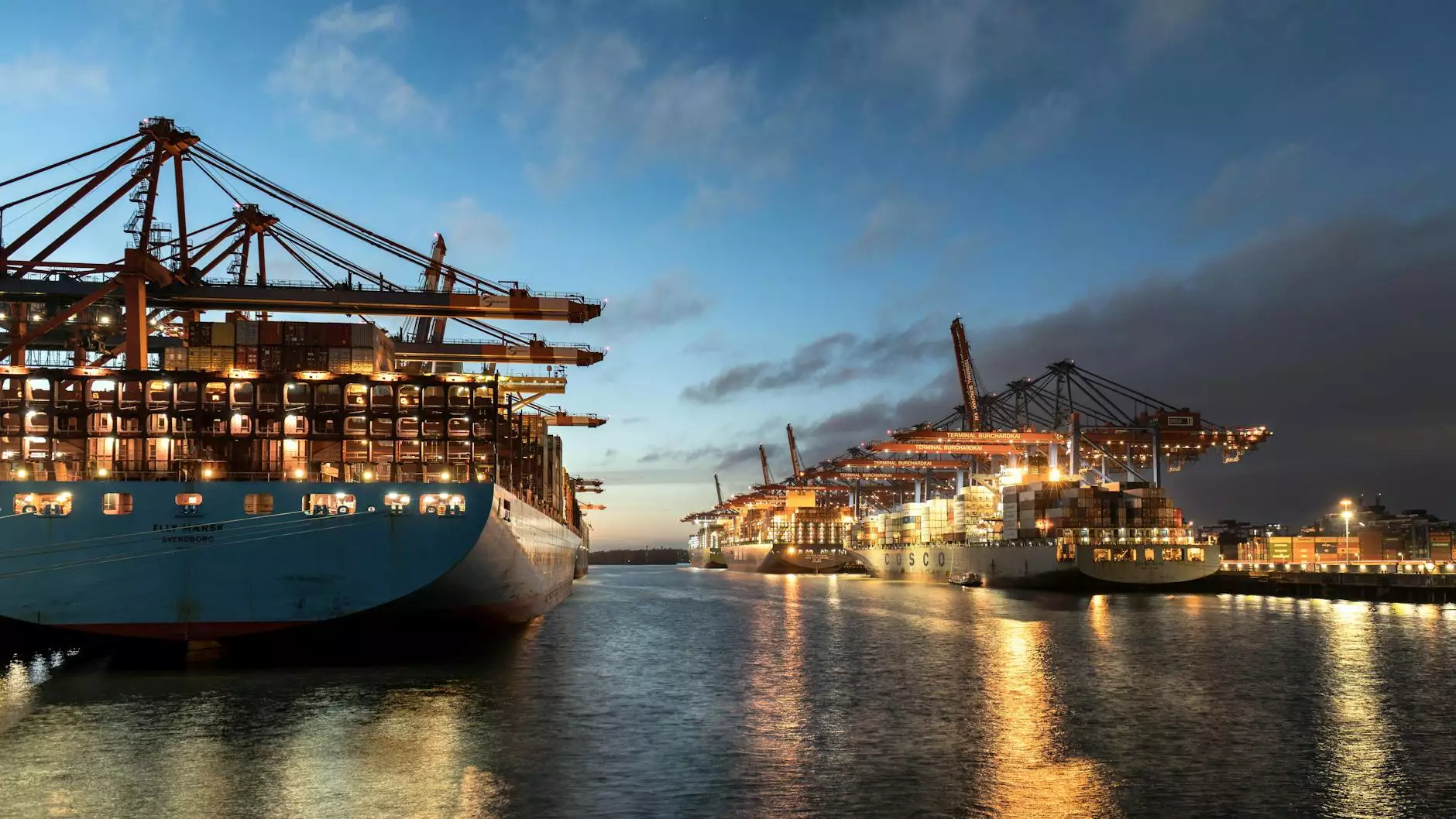The Complete Guide to Flatpack Containers: A Game Changer in the Building Sector

Flatpack containers have revolutionized the construction and building supplies industry, providing an innovative solution that caters to the diverse needs of contractors and builders alike. As the demand for more efficient, cost-effective, and sustainable building methods grows, so does the adoption of these versatile containers. In this comprehensive guide, we'll explore the various aspects of flatpack containers, their benefits, applications, and why they are becoming essential in modern construction.
Understanding Flatpack Containers
A flatpack container is a portable storage solution designed to be easily assembled and disassembled. They are typically made of steel or high-grade aluminum, allowing them to withstand various environmental conditions while maintaining structural integrity. These containers arrive at your site in a collapsed state, significantly reducing transportation costs and facilitating easier handling.
1. The Benefits of Using Flatpack Containers
1.1 Cost-Efficiency
One of the most compelling advantages of flatpack containers is their cost-effectiveness. Due to their ability to be transported in a collapsed form, they save significant space during transit, which translates to lower shipping expenses. Furthermore, their quick assembly reduces labor costs on-site.
1.2 Space Saving
Flatpack containers can be stacked and stored compactly when not in use. Their design enables businesses to optimize their storage capabilities, making it easier to manage logistics on construction sites where space can be limited.
1.3 Durability
Built to last, flatpack containers are designed to endure harsh weather conditions and physical impacts. Made of high-quality materials, they provide a secure solution for storage and movement of construction resources without compromising on safety or quality.
1.4 Flexibility
These containers can be used for various applications, including on-site storage, temporary offices, and workshops. Their versatile nature allows businesses to adapt them to meet changing project requirements with ease.
2. Applications of Flatpack Containers in Construction
2.1 On-Site Storage Solutions
Flatpack containers serve as excellent on-site storage options for tools, materials, and other essential equipment. Contractors can secure their assets, reducing the risk of theft and damage while also keeping their workspaces organized.
2.2 Temporary Housing and Offices
In remote or rural construction projects where permanent facilities are impractical, flatpack containers can be converted into temporary housing units or offices. This flexibility in design allows companies to quickly establish a functional workspace without long-term commitments.
2.3 Workshops
Contractors can utilize flatpack containers as mobile workshops, equipped with necessary tools and machinery. This adaptability ensures that workers can perform high-quality work without being constrained by fixed locations.
2.4 Emergency and Disaster Response
Flatpack containers are critical during emergency situations, providing quick and reliable storage solutions for rescue operations. Their rapid deployability and ease of transport make them indispensable in disaster response scenarios.
3. Sustainability in Using Flatpack Containers
Modern construction is increasingly focused on sustainability and reducing carbon footprints. Flatpack containers align with these objectives by offering recyclable materials and reduced transportation emissions.
3.1 Reduced Waste
The modular nature of flatpack containers minimizes construction waste, as materials can be efficiently used and reused for multiple projects. This leads to a more sustainable approach to building that is favored by environmentally conscious companies.
3.2 Energy Efficiency
Flatpack containers are designed with energy efficiency in mind. Their ability to minimize the use of resources during transport and construction translates to less energy consumption overall. Contractors who adopt these containers contribute positively to environmental sustainability.
4. Choosing the Right Flatpack Container
4.1 Size and Dimensions
Before purchasing, assess the size and dimensions of the flatpack container that meets your needs. Consider what materials or equipment you plan to store and how much space you have available on-site.
4.2 Customization Options
Many suppliers offer customization options for flatpack containers, such as additional storage features, ventilation, or insulation. Tailor your container to suit unique project requirements and maximize its functionality.
4.3 Supplier Reputation
Quality invariably reflects on the reputation of the supplier. Opt for a recognized company in the field, such as Module-T, known for providing durable and reliable flatpack containers.
5. Maintenance Tips for Flatpack Containers
5.1 Regular Inspections
Conduct regular inspections to check for signs of wear and tear. Addressing small issues before they escalate is essential for the longevity of your flatpack container.
5.2 Cleaning and Care
Keep the container clean to prevent corrosion and maintain its appearance. A simple wash with soap and water can go a long way in the upkeep of your container.
5.3 Secure Proper Ventilation
If using containers for materials that can emit fumes or moisture, ensure proper ventilation. This will safeguard the integrity of the stored goods and enhance safety on-site.
Conclusion: The Future of Flatpack Containers
As the construction industry evolves, flatpack containers are rapidly becoming a vital asset for contractors and builders. Their numerous advantages—ranging from cost savings and durability to sustainability—make them well-suited for the demands of modern construction processes. By embracing this innovative solution, businesses not only enhance their operational efficiency but also contribute to a more sustainable future.
For contractors seeking to stay ahead in a competitive market, investing in high-quality flatpack containers from reputable suppliers like Module-T positions them positively and equips them to tackle ongoing and future projects with confidence.









